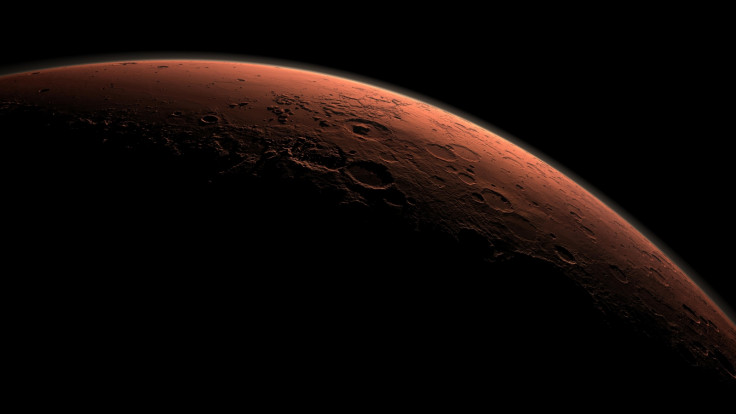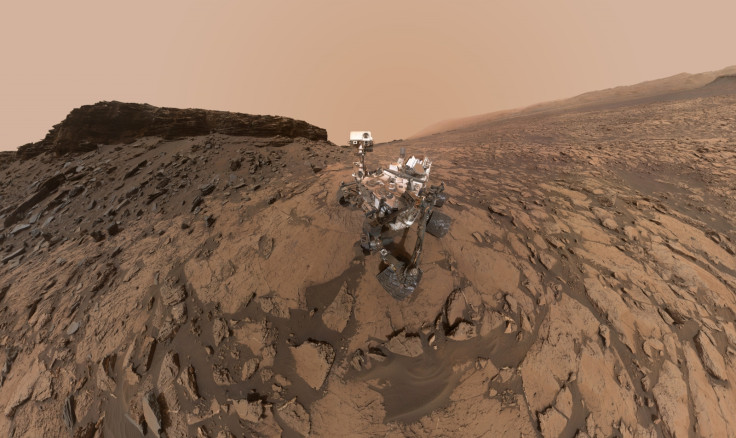Solar wind from a fierce young Sun ripped away Mars' atmosphere
Argon was lost from Mars' atmosphere in a process called 'sputtering'.
Relentless solar wind stripped Mars of its atmosphere billions of years ago, taking with it the potential for the planet to host life.
Mars used to have an atmosphere capable of supporting liquid water at the surface. This is thought to be what formed features that look like dried up rivers and lakes on the Martian surface.
What stripped the planet of this atmosphere has been hotly debated. Theories have included that reactions with rocks at the surface locked up gases in the ground, or that solar radiation blasted the atmosphere away over time.
A study looking at the inert gas argon in Mars' atmosphere today has found that the latter is likely to have been the primary mechanism. The results are published in the journal Science.
"We've determined that most of the gas ever present in the Mars atmosphere has been lost to space," said Bruce Jakosky, principal investigator for MAVEN, managed by NASA, and a professor at the laboratory for atmospheric and space physics at the University of Colorado, Boulder.
"The team made this determination from the latest result, which reveals that about 65% of the argon that was ever in the atmosphere has been lost to space."
The study used NASA's Sample Analysis at Mars instrument on board the Curiosity rover and mass spectrometry data to assess the composition of argon in the surviving remnants of Mars' atmosphere.
Because argon doesn't chemically react with rocks, the only way it can leave the planet is through a process called 'sputtering', where solar wind gradually rips away the atmosphere.
Two isotopes of argon – one heavier than the other – were measured. The lighter one blows away more easily on solar winds, leaving the atmosphere with a greater proportion of the heavier isotope. By measuring the ratio of the light and heavy argon isotopes, the scientists could estimate how much of the argon had blown away, assuming that there was originally a 50:50 ratio of the two.

"The combined measurements enable a better determination of how much Martian argon has been lost to space over billions of years," said study author Paul Mahaffy of Nasa's Goddard Space Flight Center in Greenbelt, Maryland, in a statement.
Once the amount of argon that had blown away was estimated, this could be used to calculate how much of the other gases in the atmosphere were probably lost in the same process.
"We determined that the majority of the planet's carbon dioxide also has been lost to space by sputtering," said Bruce Jakosky, principal investigator for MAVEN and a professor at the laboratory for atmospheric and space physics at the University of Colorado, Boulder.
"There are other processes that can remove carbon dioxide, so this gives the minimum amount of carbon dioxide that's been lost to space."

© Copyright IBTimes 2025. All rights reserved.






















